Welcome to the Irish Energy Poverty Observatory (IREPO).
IREPO will be positioned at the forefront of energy poverty research and aims to create a replicable platform that will serve as a catalyst for research, development, and deployment (RD&D) at both the Irish and international levels. It will achieve this by fostering collaboration, promoting long-term usage, and forging partnerships.

In recent years, energy costs for heating, electricity, and transportation have risen due to geopolitical events. This increase has affected people's ability to meet their energy needs, resulting in more individuals likely experiencing energy poverty now than at any time in the last 30 years.
Generically, the "10% rule" states that if a household spends more than 10% of its income on energy (typically considering heating and electricity), it would considered energy-poor. However, this definition presents several challenges. For example, it fails to recognize people or households that are not adequately heating their homes because they limit their energy consumption to keep their expenditure below this 10% threshold. Furthermore, it raises concerns about how support programs can effectively target customers who fit this definition.
In a broader sense, energy poverty refers to inadequate energy access caused by insufficient supply, low affordability, limited quantity, poor quality, unreliability, or a combination of these issues.
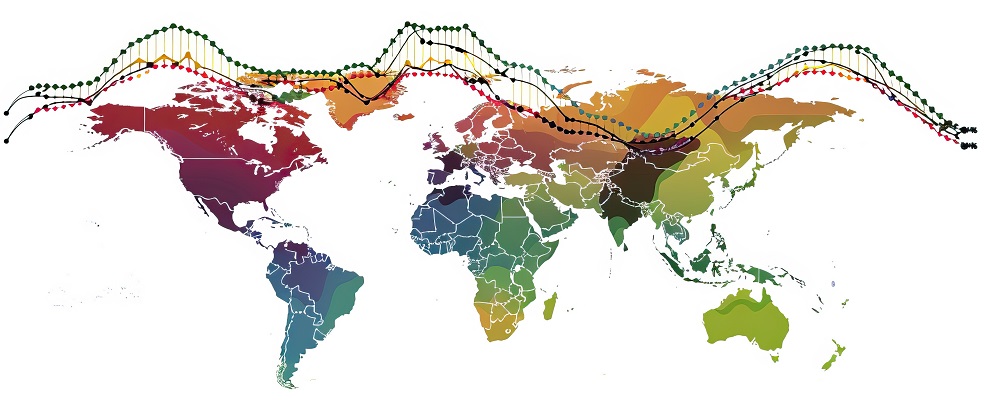
Energy poverty is a global phenomenon that affects people in various regions around the world. For example:
In 2022, nearly 34 million households in the US reported reducing or forgoing food or medicine, or leaving their homes at unsafe temperatures to pay their energy bills.
In 2022, approximately 40 million Europeans from all Member States, representing 9.3% of the population of the European Union, were unable to keep their homes adequately warm. This issue more than doubled among individuals in lower income categories.
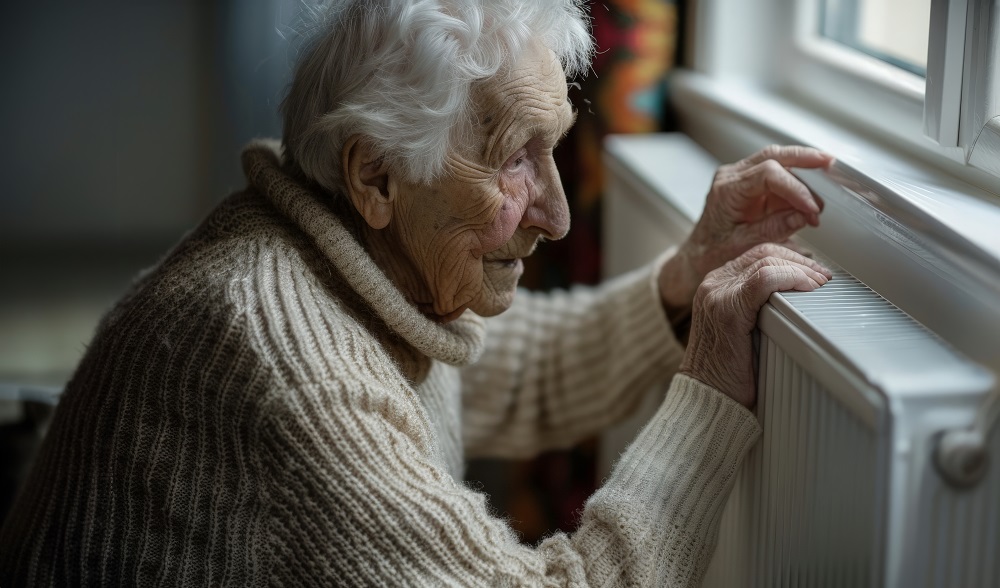


Energy poverty is a complex issue that involves multiple dimensions. For example, the definition of energy poverty differs from that of vulnerable customers, who are granted additional protections, including safeguards against disconnection. Vulnerable customers include elderly individuals aged 66 or older who live alone, as well as those living with minors or other elderly people. This category also encompasses individuals with physical, sensory, intellectual, or mental health needs, as well as customers who are critically dependent on electricity for medical equipment and are never disconnected from their service.
Also, Energy poverty is influenced by various factors, including but not limited to:
Women, especially single parents and older women, are particularly affected by energy poverty due to disparities in income distribution, socioeconomic status, and the gender care gap.
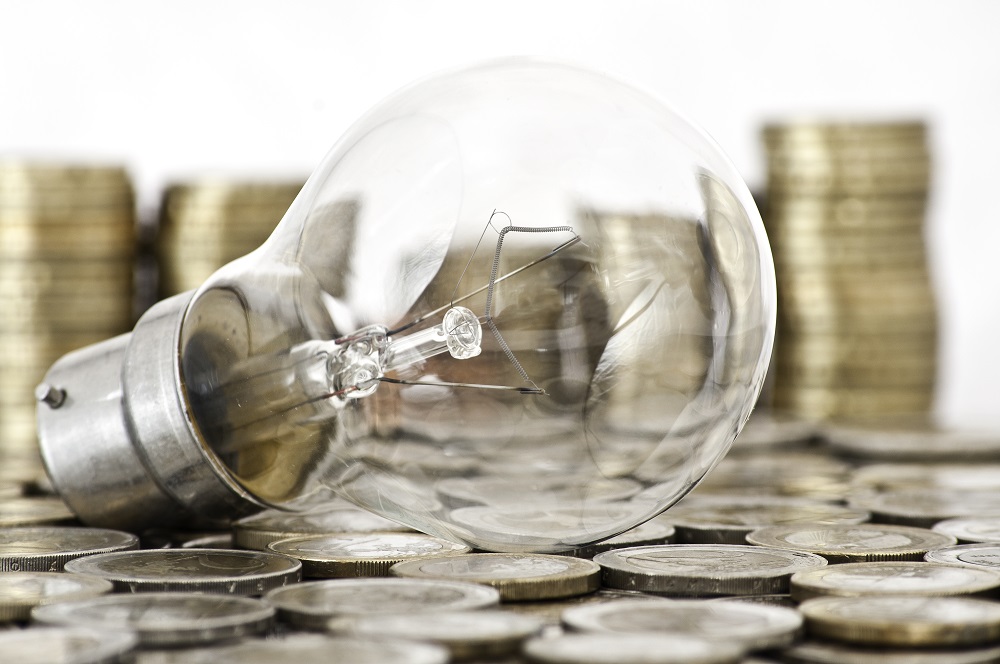
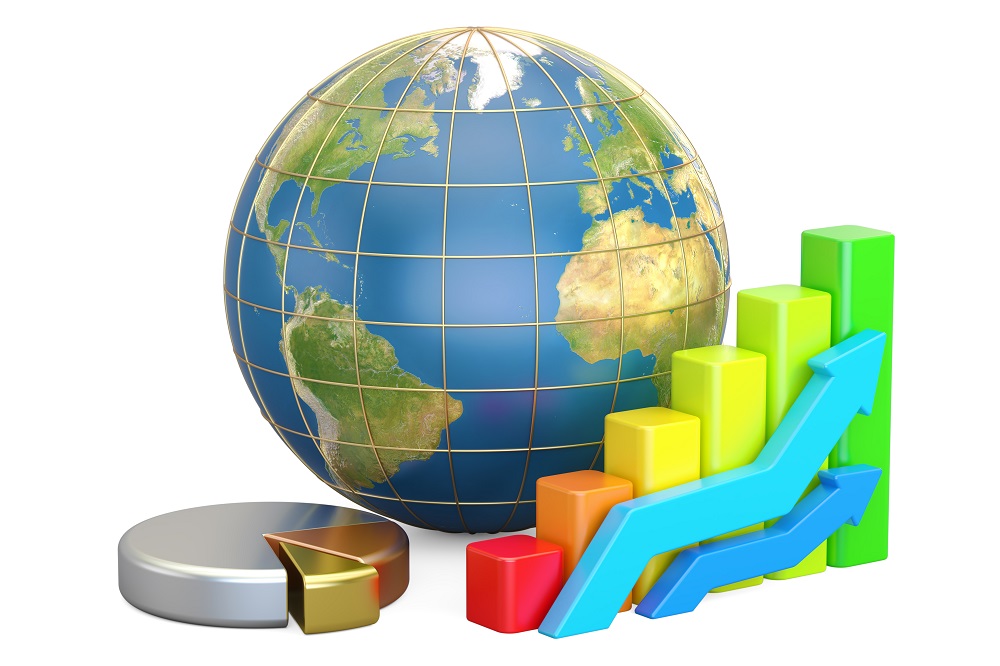
As IREPO expands its focus beyond fuel commodity issues and their impact on the entire energy supply chain — such as the decarbonization of residential energy, income support, and energy efficiency — it can provide long-term solutions to energy poverty. In a quick summary, IREPO would address:
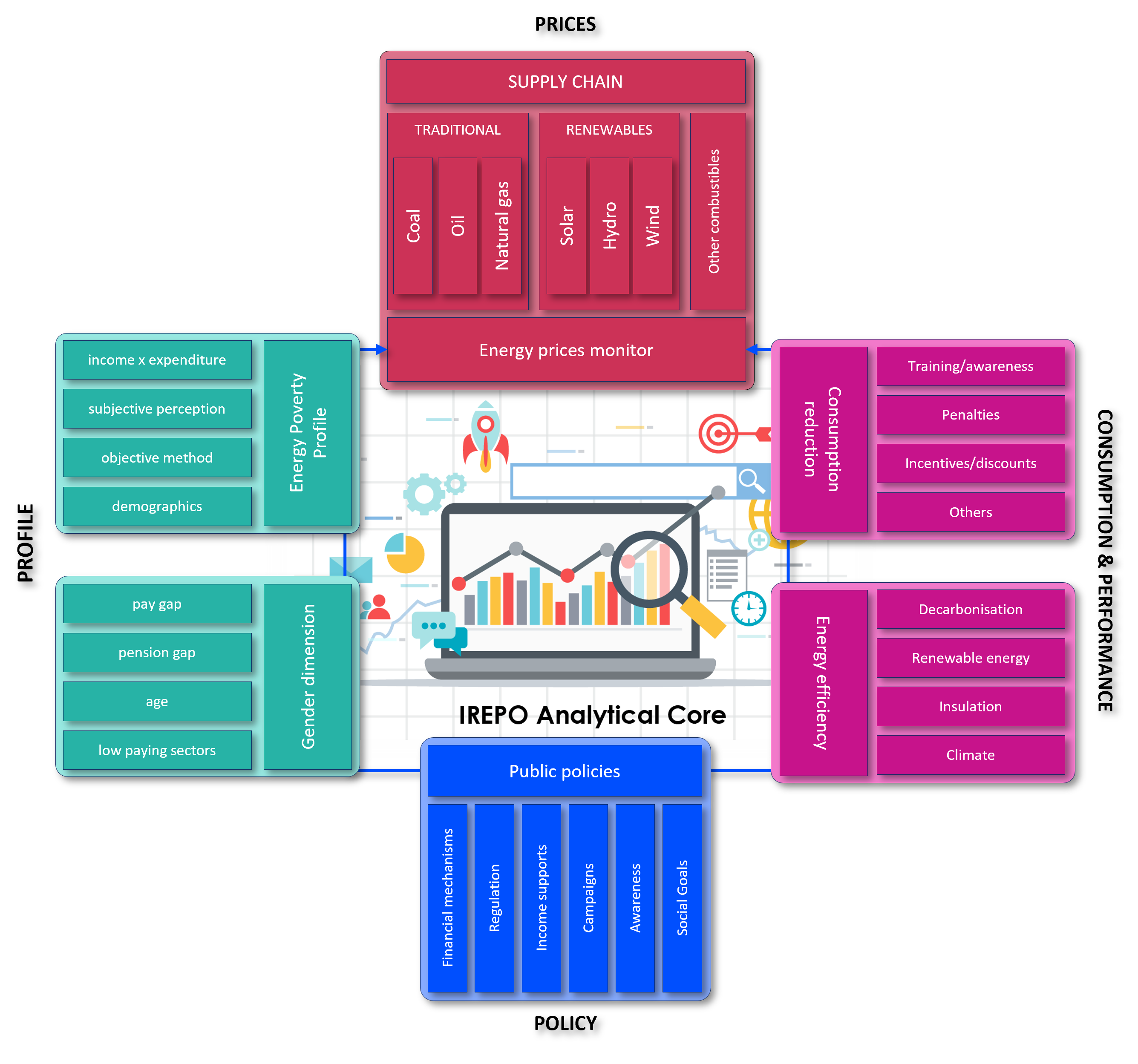
IREPO's Webtool will promote a continuously integrated and up-to-date federated database, which is a type of database management system that transparently combines multiple autonomous database systems into a single database. This approach aims to consolidate all relevant factors affecting energy poverty, effectively addressing typical data limitations in terms of availability and timely accuracy.
Advanced data integration will serve as the foundation for developing a data-driven decision-making tool and a policy-supporting guide. This tool will enable near-real-time integration of reliable data sources in various formats and with different levels of integration capabilities. These sources may include surveys, interviews, consolidated databases, open-source data APIs, historical databases, census data, and similar initiatives. Additional data sources will be identified and mapped throughout the IREPO project.
Through the extensive use of machine learning algorithms, IREPO will identify and extract patterns from datasets using automated processes. Machine learning models will be trained on a dataset that represents the problem space. By analyzing the relationships between the features of the datasets, IREPO will gradually learn to recognize patterns that connect them, such as finding correlations between different features, detecting trends, or identifying complex structures within the data. Once the model is adequately trained, it can utilise these learned patterns to make predictions or decisions without explicit programming, thereby providing valuable insights into factor correlations from a multidimensional perspective.
By integrating diverse data sources — such as fluctuations in energy commodities, historical renewable energy data, census information, and various economic, social, and geographical data — IREPO will provide a more comprehensive understanding of the risk factors and impacts of energy poverty. This approach aims to capture the multidimensional nature of the issue.
The IREPO platform will improve its accuracy over time, as the IREPO Analytical Core will leverage the increasing amount of historical data. Although the precision and timeliness of the various data sources may differ significantly due to their diverse natures and formats — such as energy supply chain prices, behavioural and energy profiles, consumption and performance metrics, and policy-related data — the accumulation of this data over time will enhance the Analytical Core's functions and algorithms.
Continuous data integration will map, translate, and transform data from various sources and formats (such as APIs, physical files, and surveys) into a single standardised repository, known as a federated database. This process will ensure that data is available in near real-time (when possible), facilitating effective decision-making, simulations, and tools that support policy development.
IREPO will develop a standardised methodology to establish consistent metrics and procedures. This will ensure IREPO's reproducibility and encourage long-term adoption by policymakers and other stakeholders at both national and international levels, thereby supporting and expanding current initiatives.
IREPO will develop a standardised methodology to establish consistent metrics and procedures. This approach will ensure the reproducibility of IREPO's findings and encourage long-term adoption by policymakers and other stakeholders at both national and international levels, thereby supporting and expanding current initiatives.
By integrating continuous and up-to-date data, monitoring all relevant aspects of energy poverty (considering generation, demand, and impact), leveraging advanced analytical techniques (including machine learning and statistics), and implementing a robust expert methodology, IREPO will position itself as a key reference tool for decision-making and data-driven policy support. The user-friendly web tools interface will further enhance its accessibility.
With these capabilities, IREPO aims to become a notable reference in its field, extending its functionalities and services well beyond the project's conclusion. It will promote lasting collaborations across academia, industry, and policymaking, while also enhancing Ireland's scientific capacity and relevance. This effort contributes to addressing the critical issue of energy poverty and its social impacts.